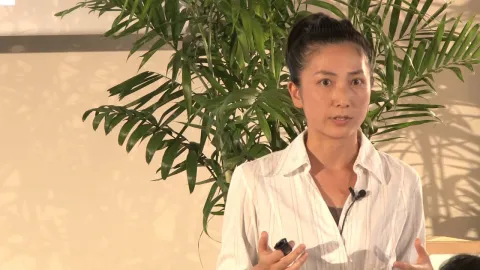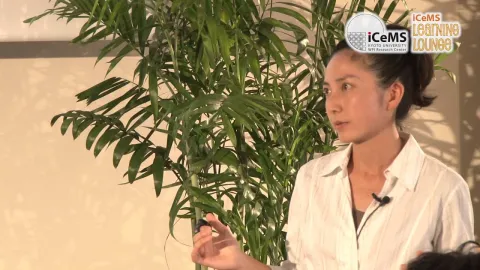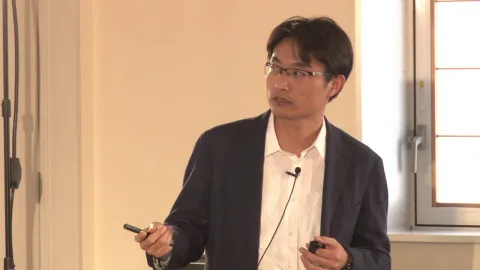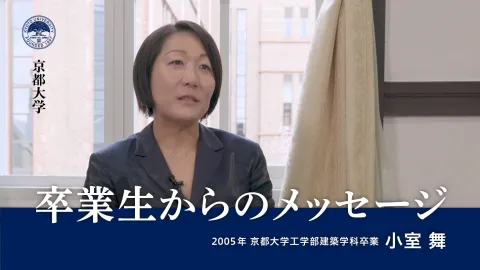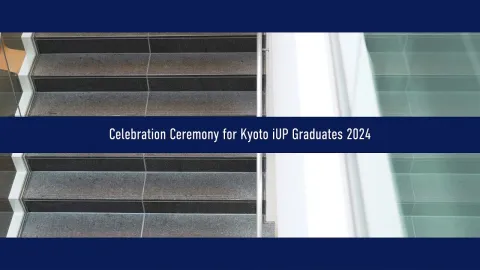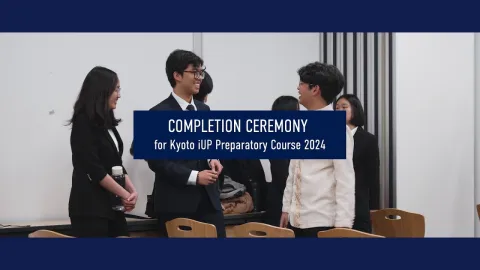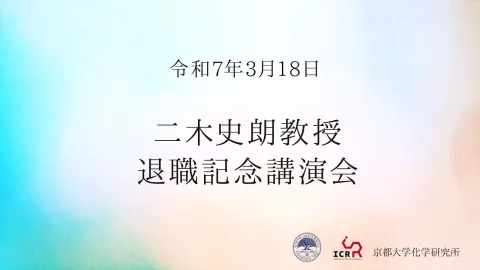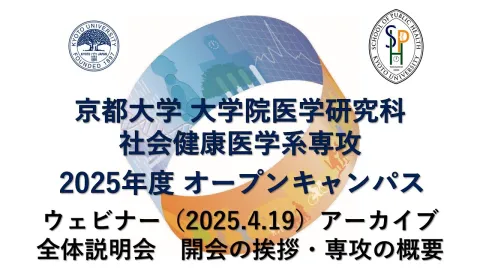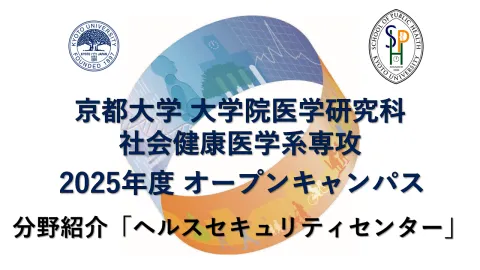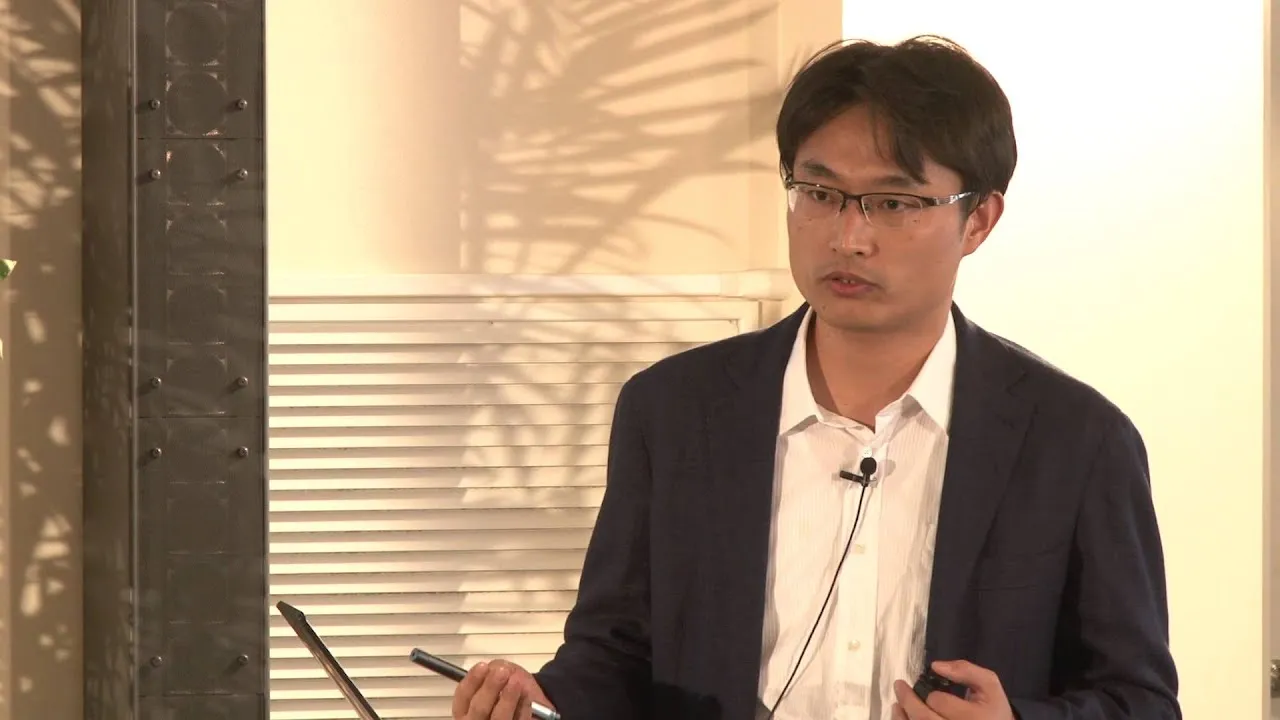
Please check the main video: https://youtu.be/SOQdnV8_76M.
本編映像はhttps://youtu.be/SOQdnV8_76Mでご覧ください。
-------------------------------
Dr. Hideki Hirori
Associate Professor, iCeMS Koichiro Tanaka Lab, Kyoto University
"Making Invisible Worlds Visible"
Human eyes work well in bright sunlight, and they enable us to quickly see tiny dust specks as well as huge mountains in full color. However, under the darkness of night, they hardly help at all. Nonetheless, there exist animals, e.g., snakes, whose "eyes" are sensitive to infrared radiation emitted from their prey, enabling them to hunt in the dark. Here, I will show how humankind has made invisible worlds visible by developing laser radiation devices that go far beyond what sunlight can reveal.
Please visit here to watch the other videos:
https://ocw.kyoto-u.ac.jp/en/opencourse-en/128
iCeMS Learning Lounge:
https://www.icems.kyoto-u.ac.jp/en/community/lounge/
廣理 英基
京都大学 物質-細胞統合システム拠点(田中耕一郎グループ)
「見えない世界」を「見える世界」に
人間の目は明るい太陽の下ではよく見え、色鮮やかな山並みから細かいホコリまでとらえることができますが、夜の暗闇の中で視覚はほとんど役に立ちません。ところが、動物の中にはヘビなどのように、獲物が発する赤外線を感知して暗闇の中で狩りをするものがいます。人類もまた、太陽が見せてくれる世界の外側を見るための研究を重ねてきました。レーザー光装置の発展がもたらす新たな「見える世界」に迫ります。
その他の動画はこちらをご覧ください。
https://ocw.kyoto-u.ac.jp/ja/opencourse/128
iCeMSラーニングラウンジ
https://www.icems.kyoto-u.ac.jp/ja/community/lounge/
この動画は、クリエイティブ・コモンズ・ライセンス“Attribution-NonCommercial-ShareAlike (CC BY-NC-SA)”が付与されています。 私的学習のほか非営利かつ教育的な目的において、適切なクレジット表記をおこなうことで、共有、転載、改変などの二次利用がおこなえます。 コンテンツを改変し新たに教材などを作成・公開する場合は、同じライセンスを継承する必要があります。 詳細は、クリエイティブ・コモンズのウェブサイトをご参照ください。


